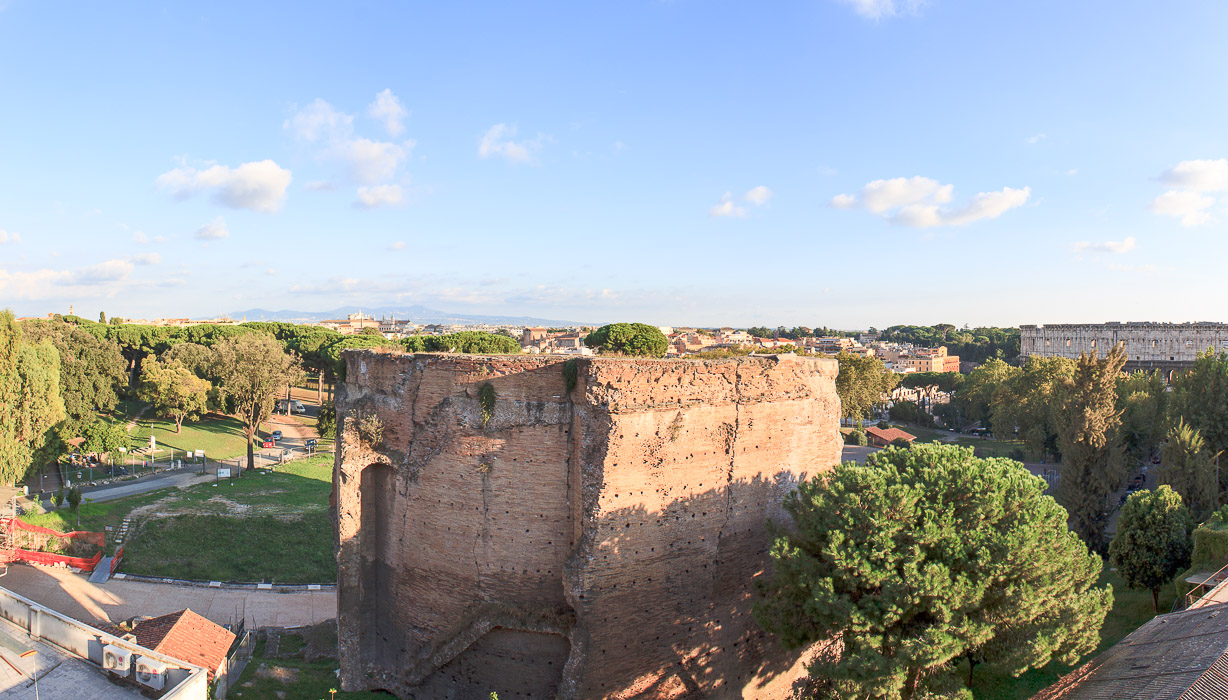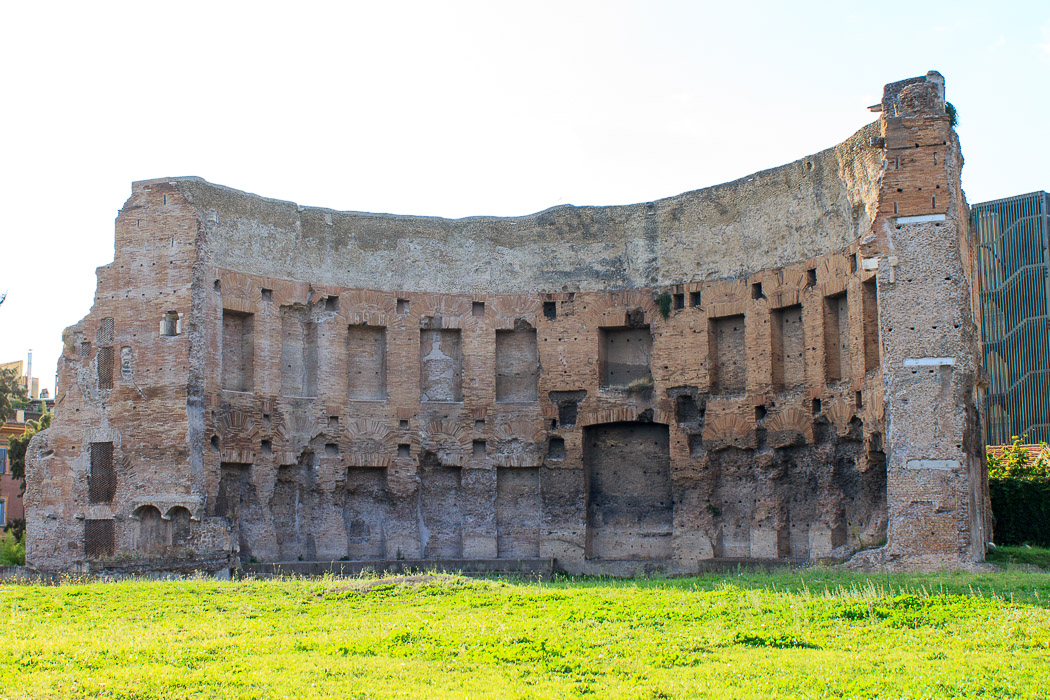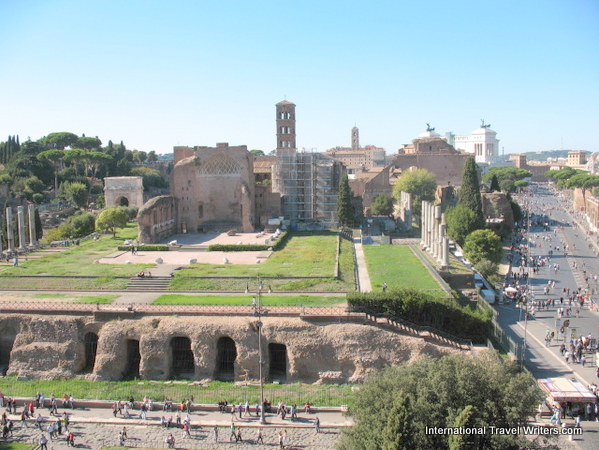Esquiline Hill
The Esquiline (latin: mons Esquiline, Italian: Colle Esquilino ) is one of the seven hills of Rome classic. The Esquiline gave the Roman rione Esquilino its name, which is one of most residents of the neighborhoods of the historic center and Trastevere. Here is Villa Wolkonsky, the residence of the British ambassador.
Geography
The Esquiline is at its highest point 65 m measured survey, which stretches from Rome's Termini towards the Coliseum. It consists of three separate surveys:
- Cispio - Mons Cespius (North)
- Fagutal (west)
- Oppio - Mons Oppius (south)
The Fagutal is often considered part of the Oppio. In the ancient description of the festival Septimontium is however a distinction between these two surveys.
History
In imperial times was the upper part of the hill as the preferred residential area, with the lower areas were part of the standing into disrepute Subura district.
About the Esquiline was also the eastern section of the republican city walls of Rome, the Servian Wall, in which there is a gate, the Porta Esquilina was.
On one of the surveys of the Esquiline Hill, the Oppio, was the residence of the Roman Emperor Nero, the Domus Aurea. On another, the Cispio, the basilica of Santa Maria Maggiore and Santa Prassede. St. Peter in Chains is located at Fagutal.
As Carinae that part of ancient Rome is referred to, including the foothills of the Hill Esquiline against the Palatine Hill.
Statue finds
1506, the Laocoon group was again found on the Esquiline.
In 1781 the marble copy found on the Esquiline the Diskobolos was identified as a certificate from the bronze original by Myron of Carlo Fea.
A 1874 statue found in the imperial gardens on the Esquiline a naked female figure is called the " Venus of the Esquiline ."
Treasure trove
In 1793 workers found at the foot of the hill the Esquiline treasure which today is in the British Museum.









